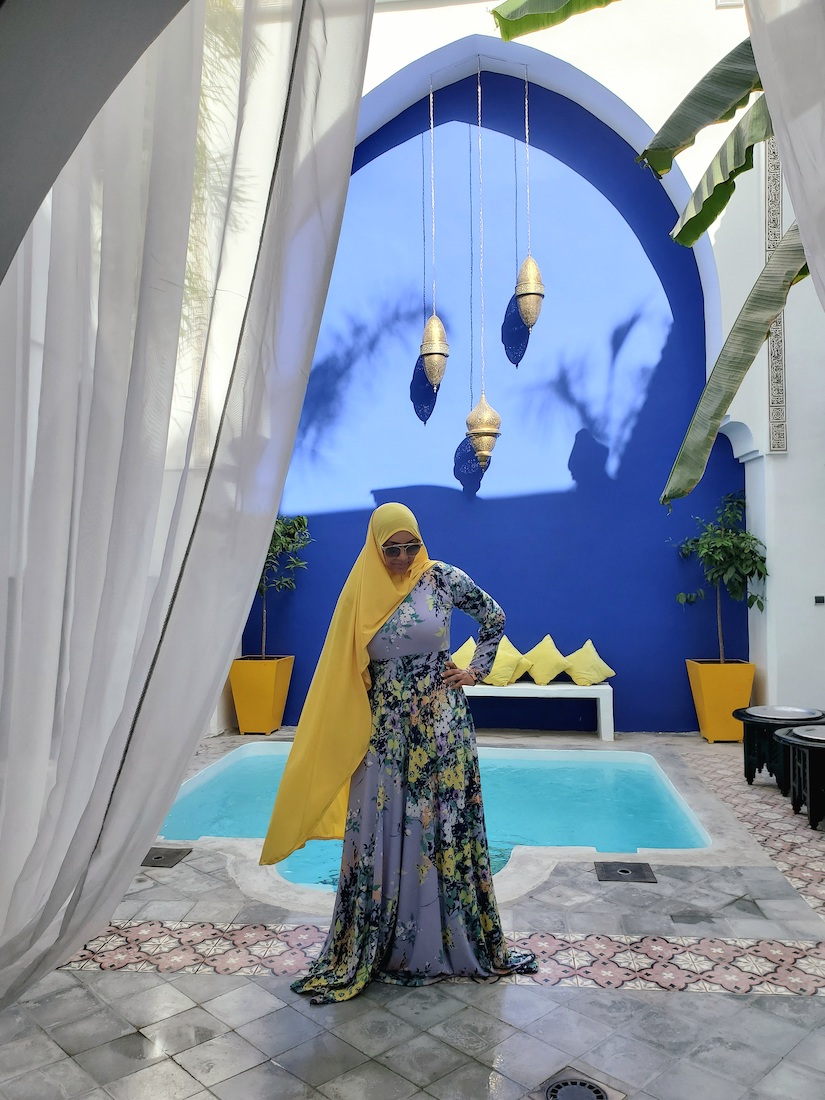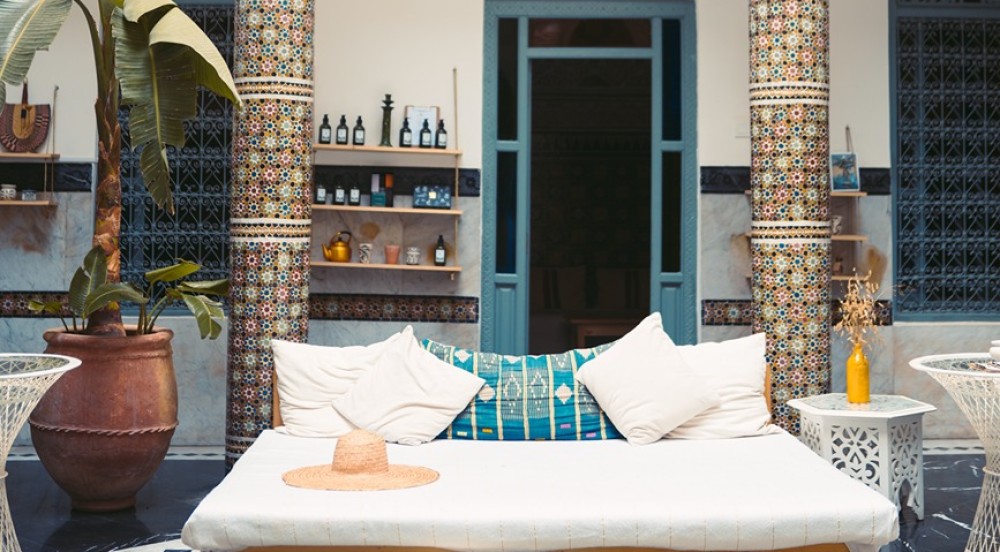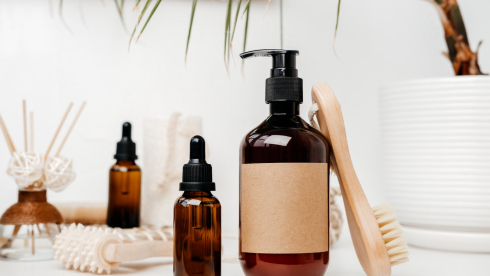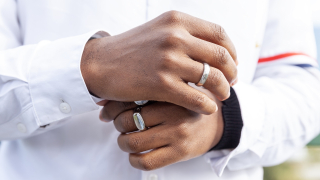Marrakech, Morocco is a must-visit destination, known for its unmistakable beauty and charm. A thriving cultural hub, the North African city combines the old and new, as stunning architecture and preserved history can be found at every turn. The famed Red City is often the first stop on many travelers’ Moroccan itineraries. It serves as a great starting point from which to venture out to explore the country’s diverse landscape that includes mountains, beaches, waterfalls, deserts and more.
It can be overwhelming for first-time visitors, unsure of where to begin. Here we outline where to stay, what to eat and the things you must do and see to ensure an unforgettable time in Marrakech.

Where to stay
Located in the medina or Old City, Jemaa el Fna is the center of the action in Marrakech, so you’ll want to stay close by. Surrounding the city center are seemingly endless mazes of cobblestone streets.
For easiest access, we recommend staying in a traditional home, also known as a riad. For those seeking an authentic stay, they will be immersed in the local culture. The stunning accommodations center an interior garden, many with a pool or fountain. They feature ornate tile work, carved wood furnishings, tropical plants and rooftop terraces overlooking the medina. Riad Palais Sebban, Riad Challa Hotel & Spa and Riad BE are just a few of our favorites.
However, for those who would prefer to stay in a traditional hotel, there are many modern and convenient accommodations available. BnB Medina is conveniently located directly in Jemaa el Fna, a bustling bazaar square. (Don’t worry, the double-paned soundproof windows keep the noise out.) Dellarosa Boutique Hotel Spa offers guests a luxurious spa experience with its own on-site traditional hammam. Check out the world-renown Jnane Tamsna, a luxury Black-owned boutique hotel. Or, for a completely Insta-worthy, five-star stay, check into La Mamounia, an ultra-luxe hotel located on a 12th-century estate.

What to eat
First and foremost, you cannot visit Marrakech without trying tagine. The local dish derives its name from the clay vessel in which this stew-like one-pot dish is prepared. Juicy, tender and flavorful, its ingredients include meat such as beef, chicken, lamb or fish along with vegetables—such as carrots, potatoes, olives, onions—fruits and spices.
Another local favorite is couscous, a local dish of small granules of semolina. While there are many ways to prepare it, it' is's most commonly prepared with meat and veggies. And though it is traditionally prepared on Fridays, it can sometimes be found in restaurants on other days of the week.
We also recommend trying bastilla, a sweet and savory pie made with layers of meat, eggs and almonds. Its crisp, flaky crust is topped with cinnamon and powdered sugar. Other musts are bissara, a popular dried bean soup; chebakia, a deep-fried pastry covered in hone; and sweet mint tea, which is synonymous with Moroccan hospitality—you will undoubtedly be offered it everywhere you go.
What to see and do
One of the benefits of staying in the medina is being in proximity to the Jemaa el Fna. When the sun goes down, the square comes alive. Shop for spices, clothing, handmade leather and woven goods and a plethora of other souvenirs. Ignite your tastebuds as you enjoy delectable foods at local prices. Monkeys, snake charmers, henna artists and Gnawa musicians are all part of the street entertainment you’ll see here.
Also within the medina, Madrasa Ben Youssef was once Morocco’s largest Islamic college. It housed more than 900 students in its 132 rooms. The building, which was erected in the 14th century, is adorned with beautiful materials such as cedarwood, gypsum and Italian marble. There are many intricate details worth exploring, from the various courtyards and niches to the engravings and colorful, geometric mosaic tiles found throughout.

Another must-see piece of Moroccan heritage, is the Bahia Palace. It's construction began in the 19th century by Si Musa, a prominent Black grand vizier who intended to use the palace as his residence. It was named after one of his wives and eventually completed by his son, who served as the next grand vizier. Vibrant stained-glass windows, painted floral ceilings, and lush gardens are just a few of the elements that make this historic palace so magical.
Down for a day trip? Venture out to the Ouzoud Falls, the highest waterfalls in North Africa. Located in the Atlas Mountains, it takes about two hours to reach the falls from Marrakech. There are numerous companies providing this day trip tour, some of which include a boat ride to see the falls up close. In addition to marveling at the cascading falls and mountains, you’ll likely see some of the macaque monkeys that live in the area.
If gardens and greenery are your cup of tea, check out Jardin Majorelle and Le Jardin Secret. The former is known for its bright blue and yellow buildings that blend Moorish and Art Deco styles. Home to over 300 species of plants from five continents, it was purchased by Yves Saint Laurent in 1980, who cited it as one of his major sources of inspiration. For a less-crowded but equally charming alternative, Le Jardin Secret is located in what used to be a sultan’s palace. It has a café and various artworks on display.














